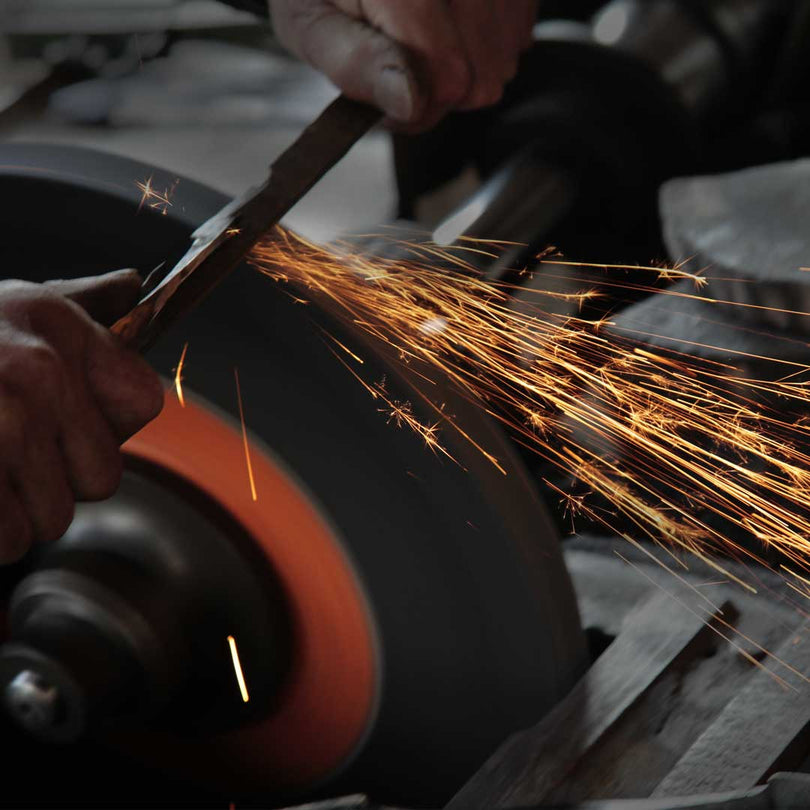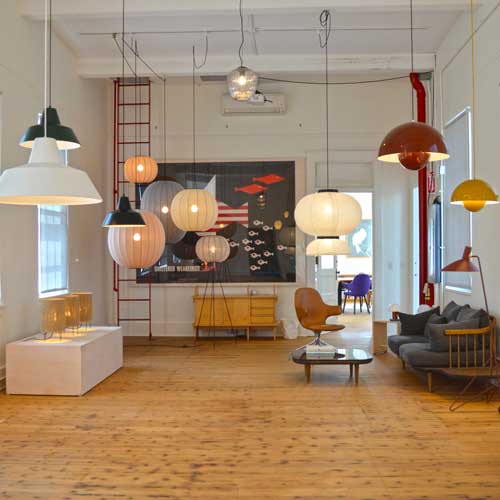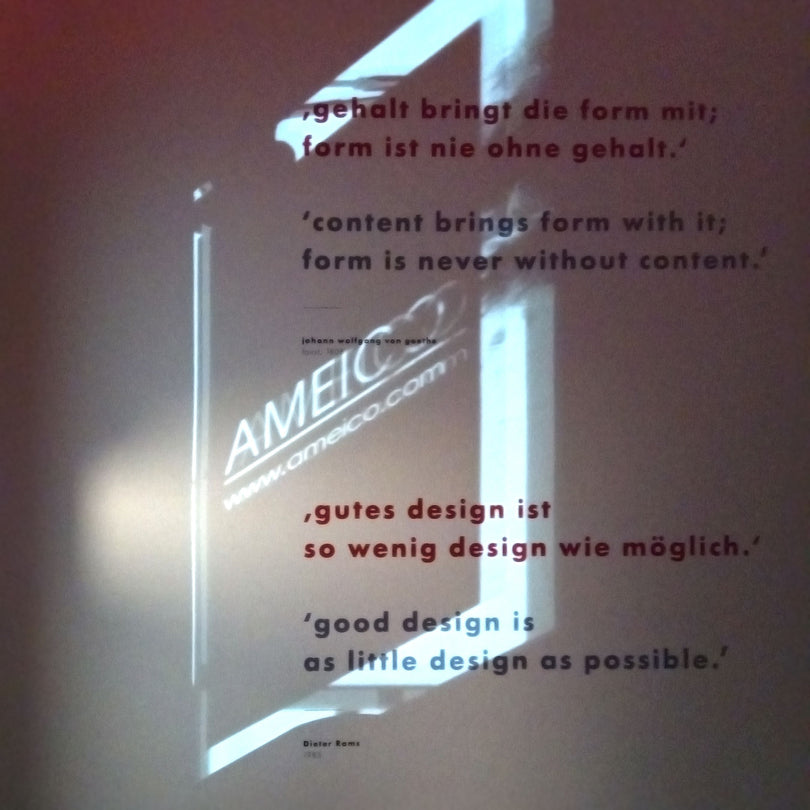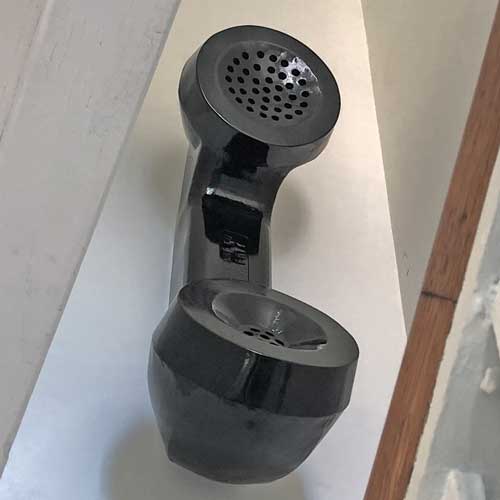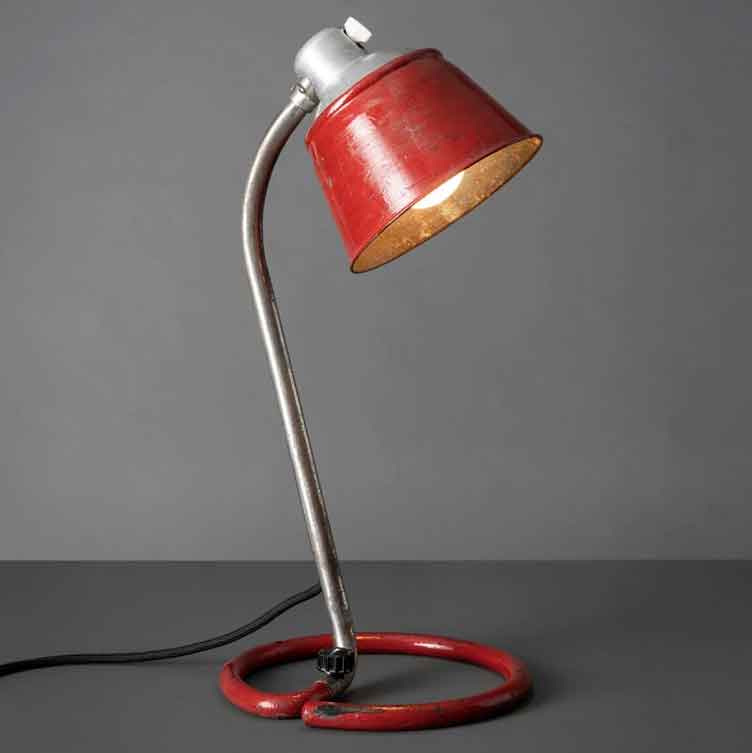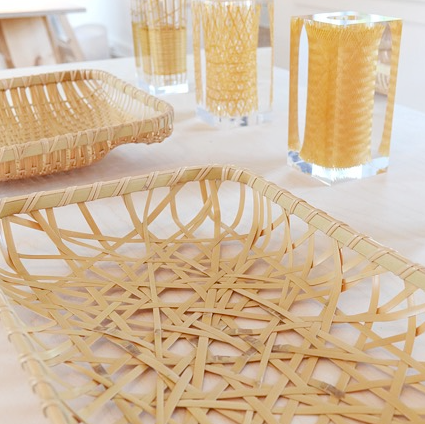
Interaction of Color and Form: Works by Josef and Anni Albers
July 11 - October 31, 2015

AMEICO presents an exhibition of Bauhaus-era furniture designed by the influential 20th century artist Josef Albers (1888-1976) alongside rugs designed by Anni Albers (1899-1994), his creative partner and wife. Accompanied by a selection of silkscreen prints from Interaction of Color, Yale University’s 1963 publication based on the Albers course on color, this exhibition showcases the creative duo’s ways of thinking about color, form, and texture.

The collection consists of a bookshelf designed in 1923 for Bauhaus founding director Walter Gropius’ offices in Weimar, and a series of nesting tables and desk with painted glass tops designed in 1926-1928 for the apartment of clients Fritz and Anne Moellenhoff.

Also included are rugs with designs created from 1926-1928 by Anni Albers, a widely-respected textile designer and printmaker who also studied at the Bauhaus. These hand-tufted wool rugs are produced in limited editions by the London-based company Christopher Farr, using the best available yarns, dyes and weavers. Christopher Farr has been a spearhead of contemporary rug design for over twenty-five years, producing rugs with designs by Josef and Anni Albers, Gunta Stölzl (another Bauhaus designer), Gary Hume, Andrée Putman, John Pawson, and many other design visionaries.

Recently, Ameico acquired a complete Interaction of Color, consisting of 80 folios of silkscreened plates and accompanying commentary based on the Albers course on color. Printed in a limited edition of 2000 copies by Yale University Press in 1963, this book, with its folios, is acknowledged as one of the most influential books on color ever published.



In the Ameico reading room, visitors to the exhibition create and share their own digital color studies using Yale University’s Interaction of Color iPad app. The app presents the book in an interactive format, with the complete accompanying text, 125 plates, 60 interactive studies and over two hours of video commentary. interactive format, with the complete accompanying text, 125 plates, 60 interactive studies and over two hours of video commentary.







